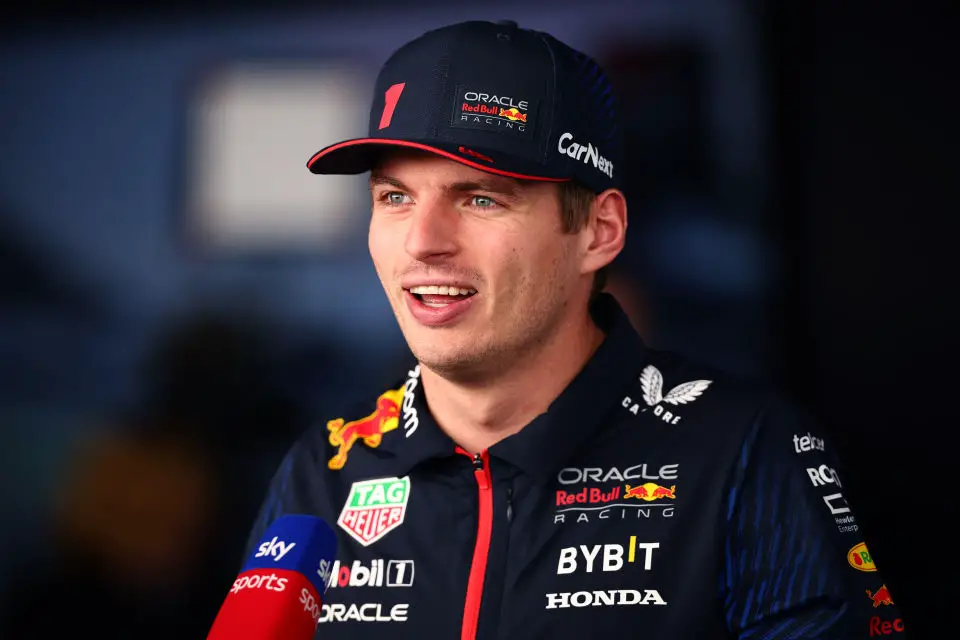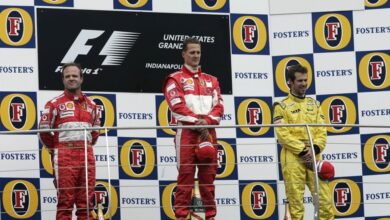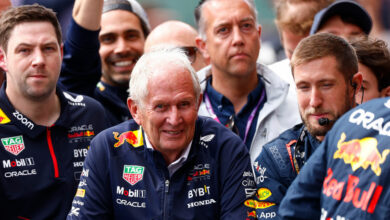Understanding Max Verstappen’s Pit Lane Hesitation: A Close Look at the Mexico Qualifying Rounds
In the recent Mexico qualifying rounds, Max Verstappen faced scrutiny but avoided penalties for his slow driving in the pit lane. This incident sheds light on the complexities of F1 racing and the impact of new regulations.
Key Takeaways:
- Pit Lane Slowdown: Verstappen’s unusual driving speed in the pit lane caused a delay for other drivers, raising questions about a possible penalty.
- Steward’s Decision: After discussing the incident with the stewards and presenting his viewpoint, Verstappen was cleared of any penalties, highlighting the stewards’ understanding of the intricacies involved.
- New FIA Rule Impact: The FIA’s recent rule on minimum lap times has significantly changed drivers’ strategies, leading to complex situations like the one Verstappen faced in the pit lane.

During the intense qualifying rounds in Mexico, three-time world champion Max Verstappen found himself in a challenging situation. His slow pace in the pit lane led to a build-up of cars behind him, sparking debates about whether he should receive a penalty. This scenario not only put Verstappen’s race standing at risk but also brought into focus the impact of new FIA regulations on driver strategies.
After the qualifying rounds, Verstappen met with the stewards to explain his actions. His detailed account and the stewards’ understanding of the situation worked in his favor, as he was not penalized. This decision was pivotal for Verstappen, maintaining his standing in the race and showcasing the importance of clear communication in such high-stakes situations.
The stewards’ statement provided further insight into their decision:
“The Stewards consider that the entire set of incidents occurred as a direct result of the implementation of the minimum lap time between SC2 and SC1 which is designed (correctly so, in our view) to avoid dangerous backing-up of cars on the circuit during qualifying.
“We note that there are contrary requirements on drivers in that they must respect the minimum time, they are attempting to create manageable gaps to cars in front, yet they are also required to avoid unnecessary stopping at the pit exit or driving unnecessarily slowly.”
This statement highlights the complexities and contradictions present in the current racing regulations. The incident with Verstappen is a clear example of how new rules can create unforeseen challenges on the track. It underscores the importance of ongoing evaluation and adaptation of regulations in the ever-evolving world of Formula 1 racing. As the sport continues to grow and change, incidents like these provide valuable lessons for teams, drivers, and governing bodies alike.



